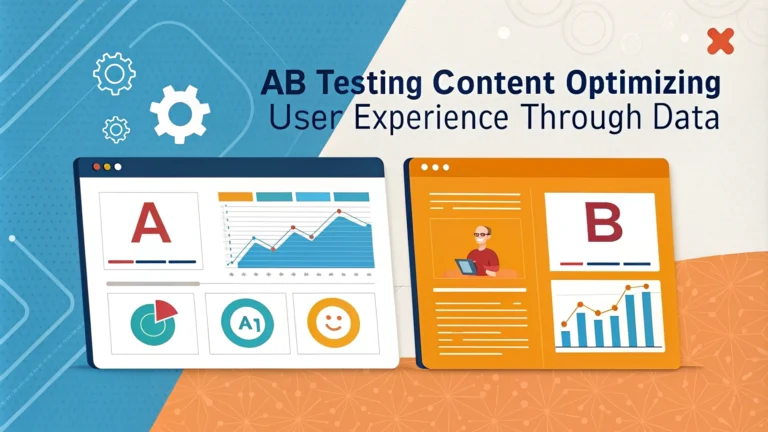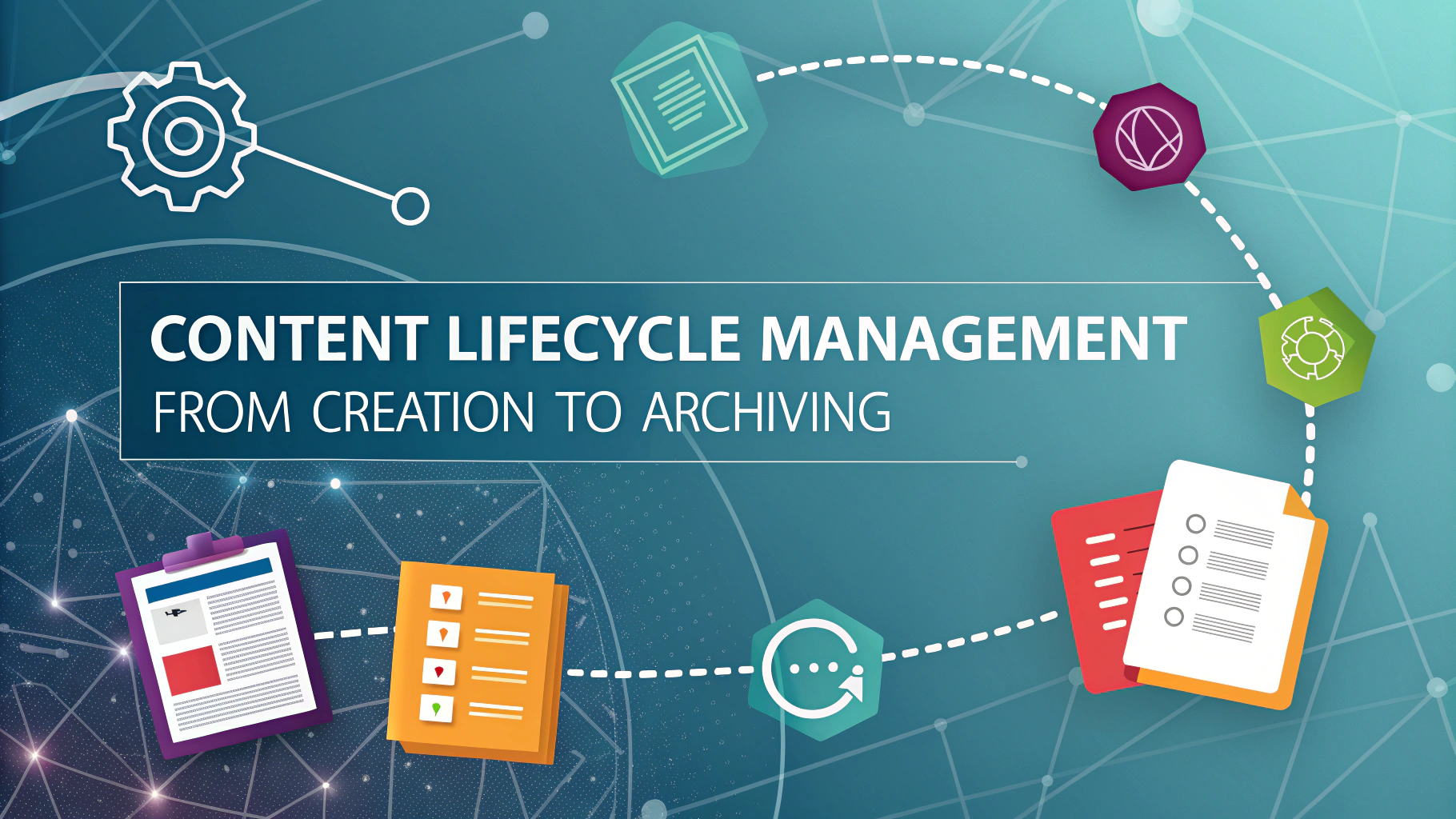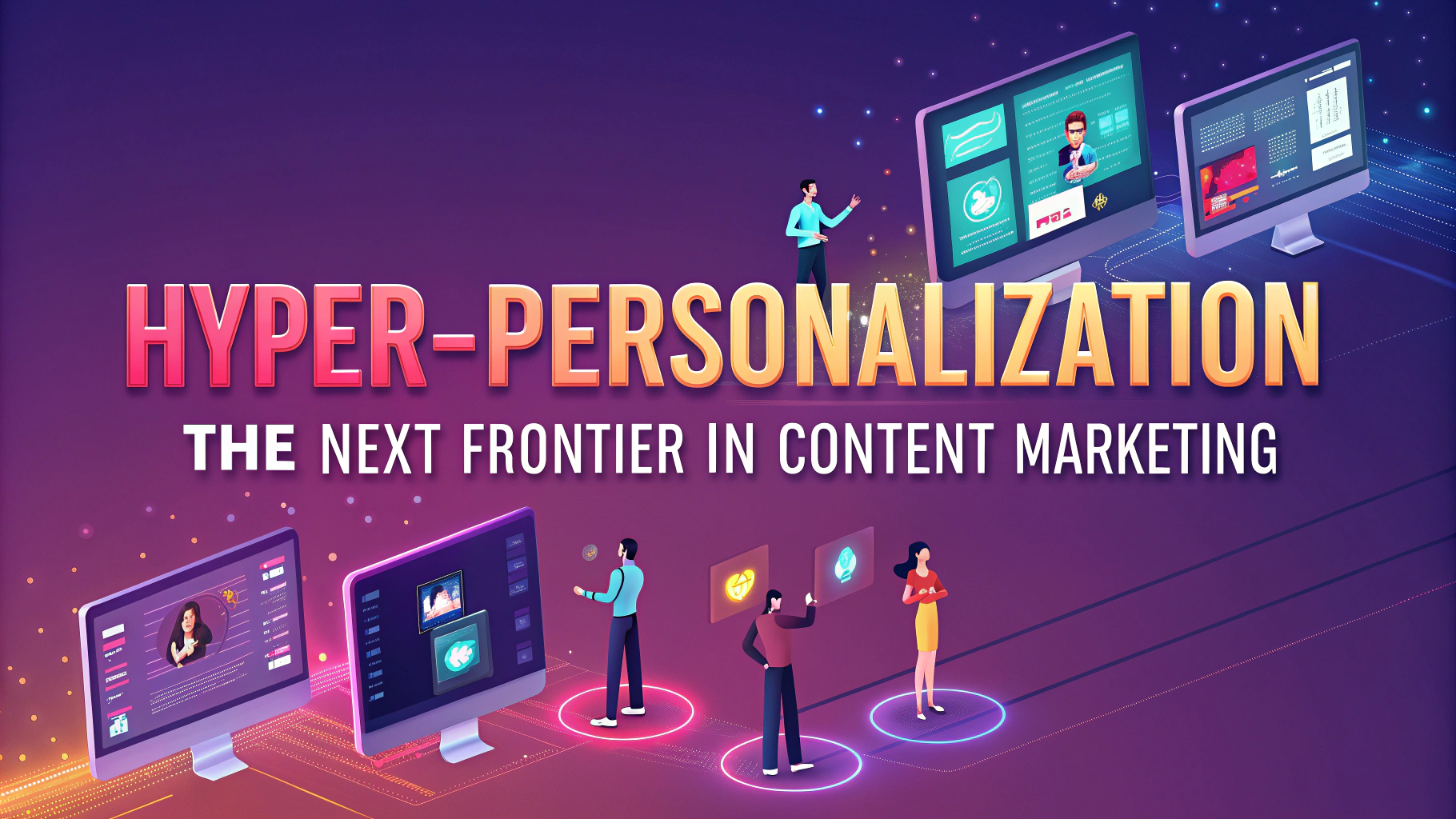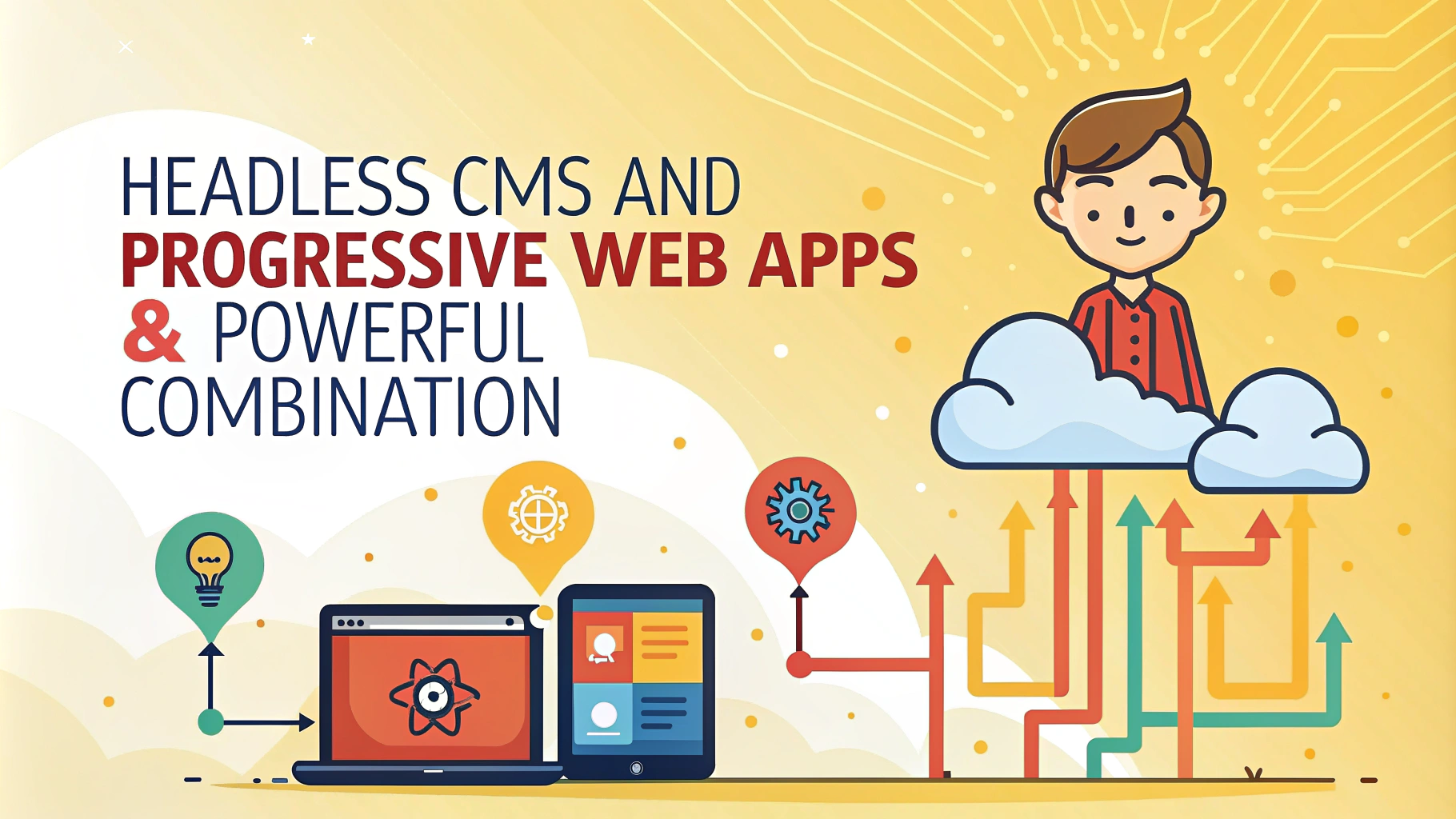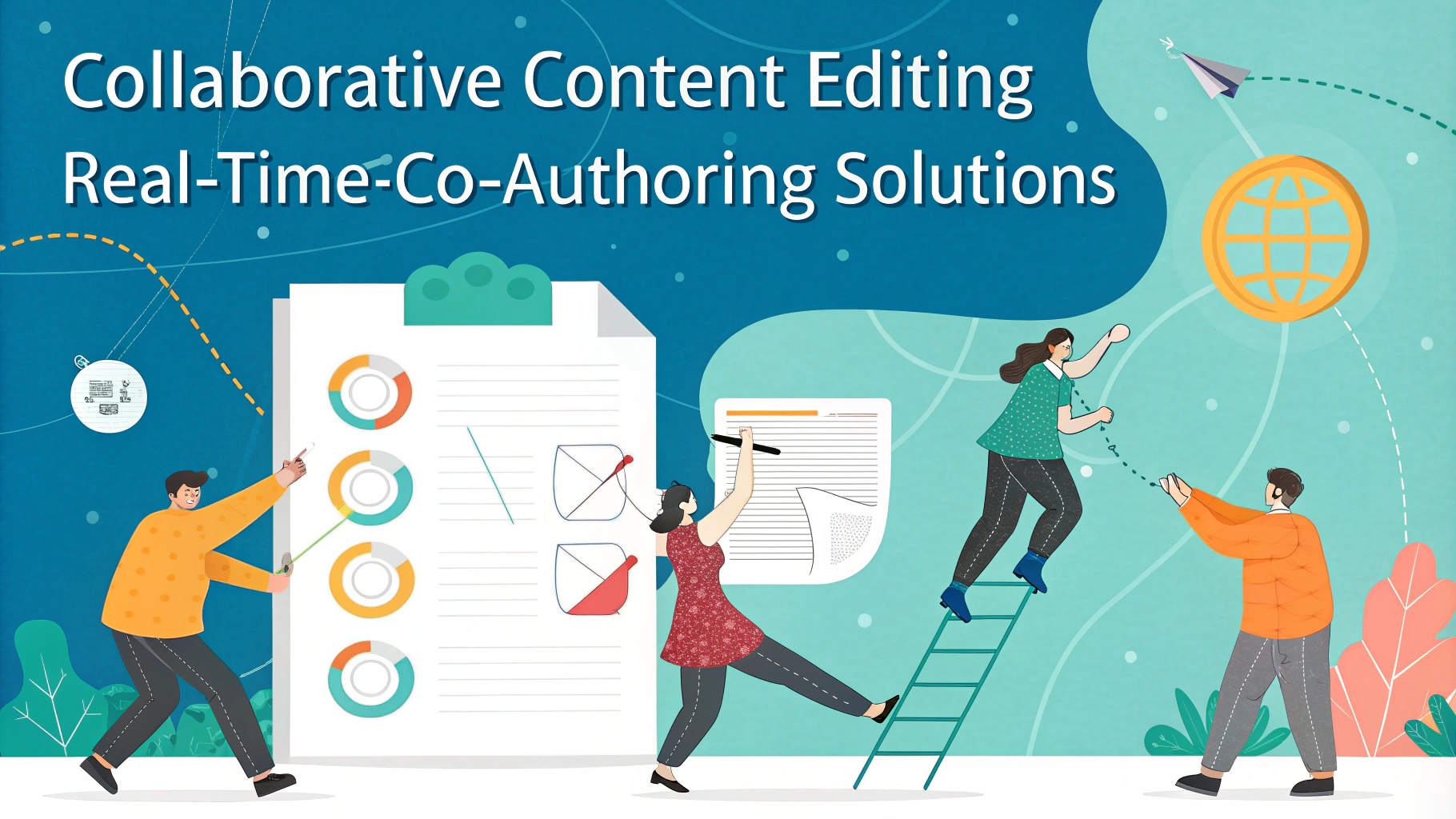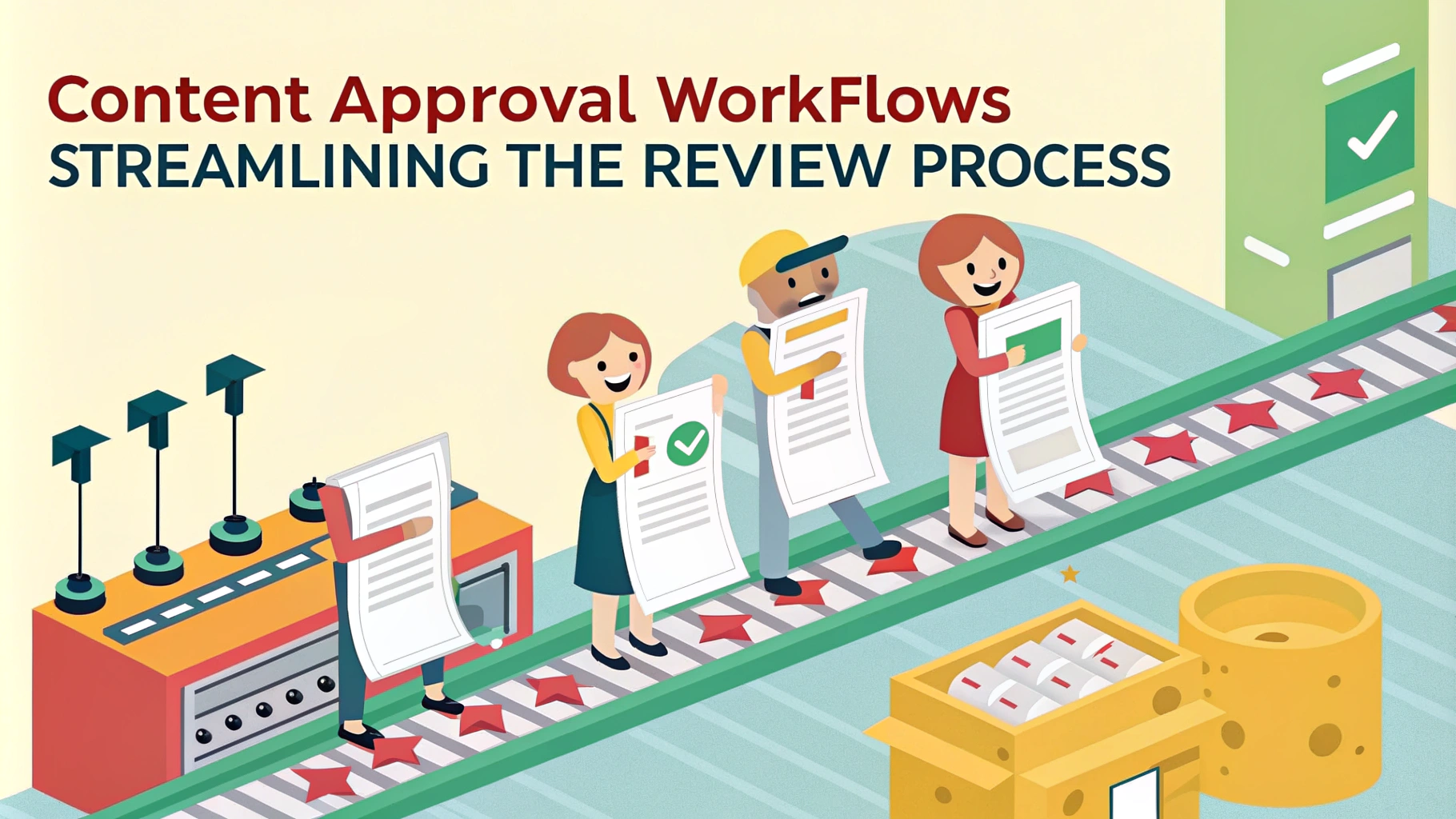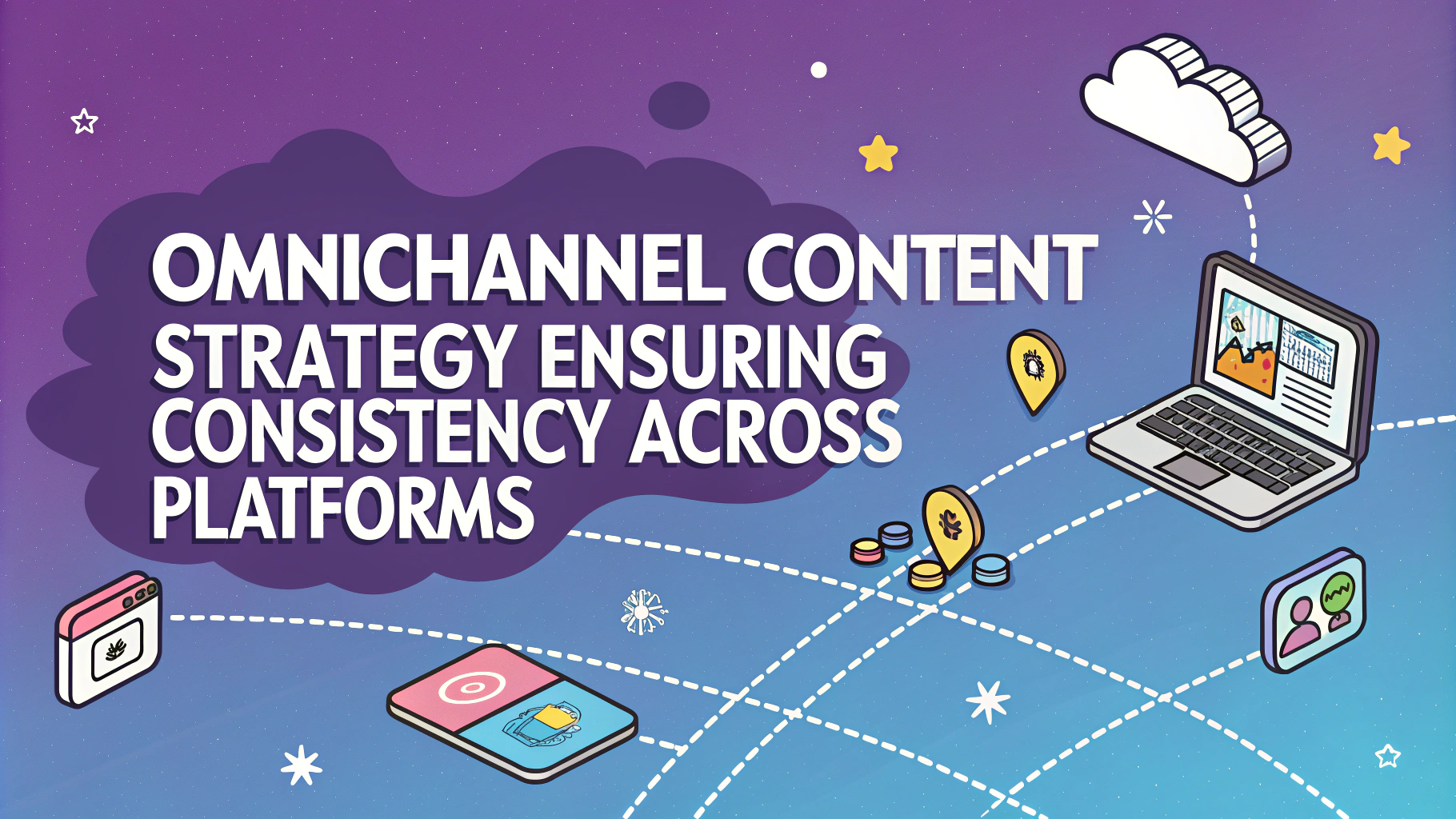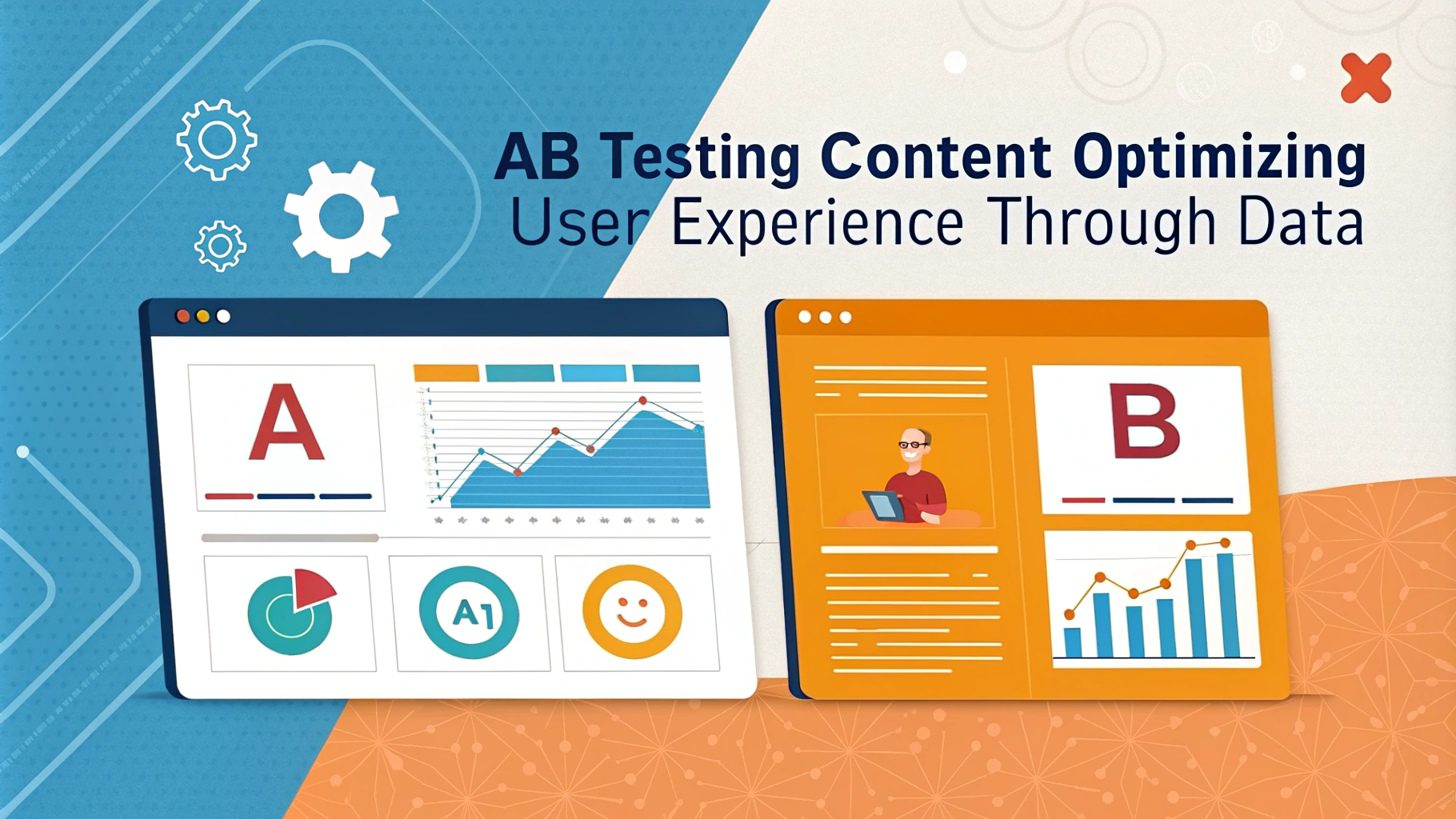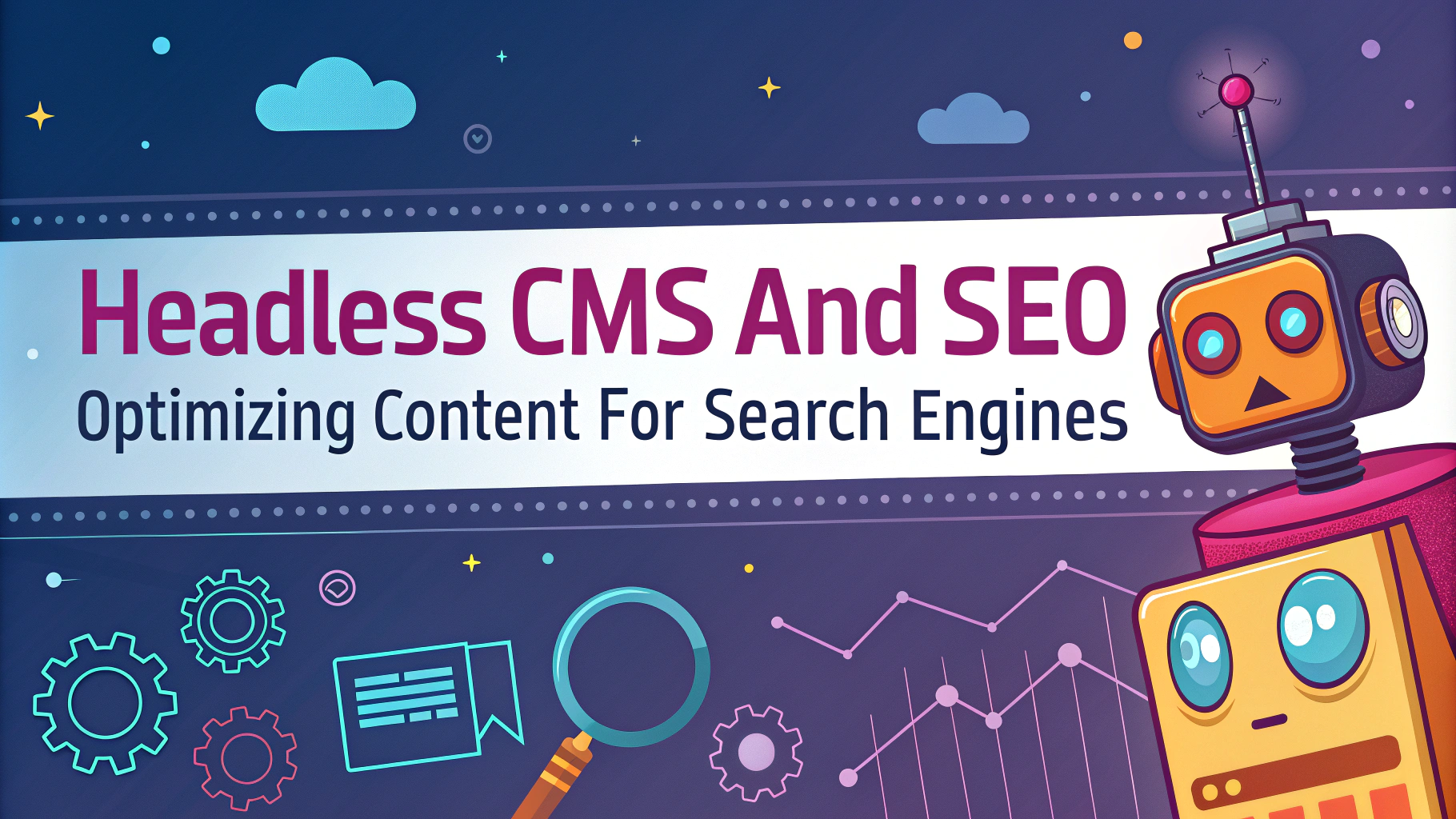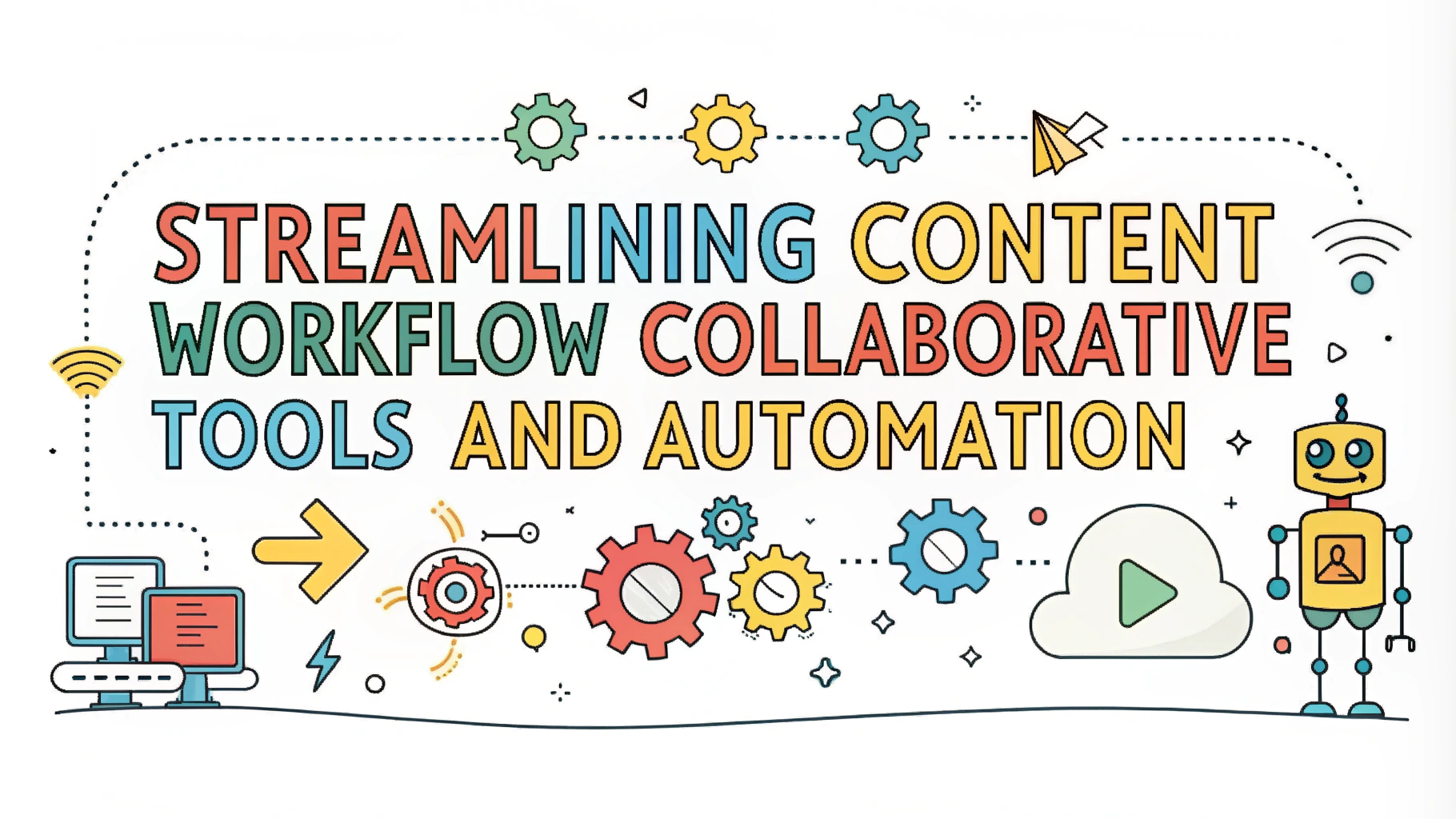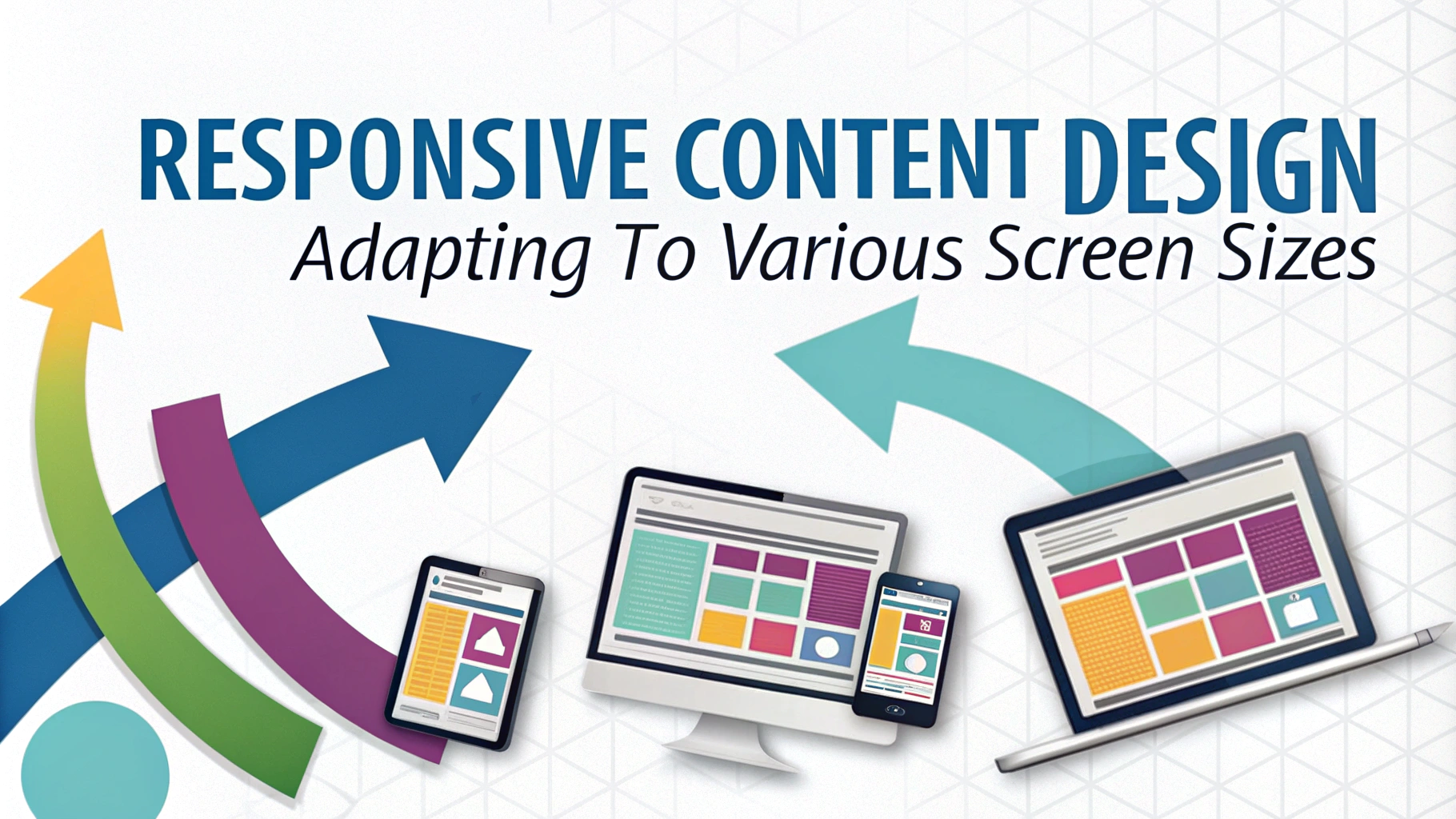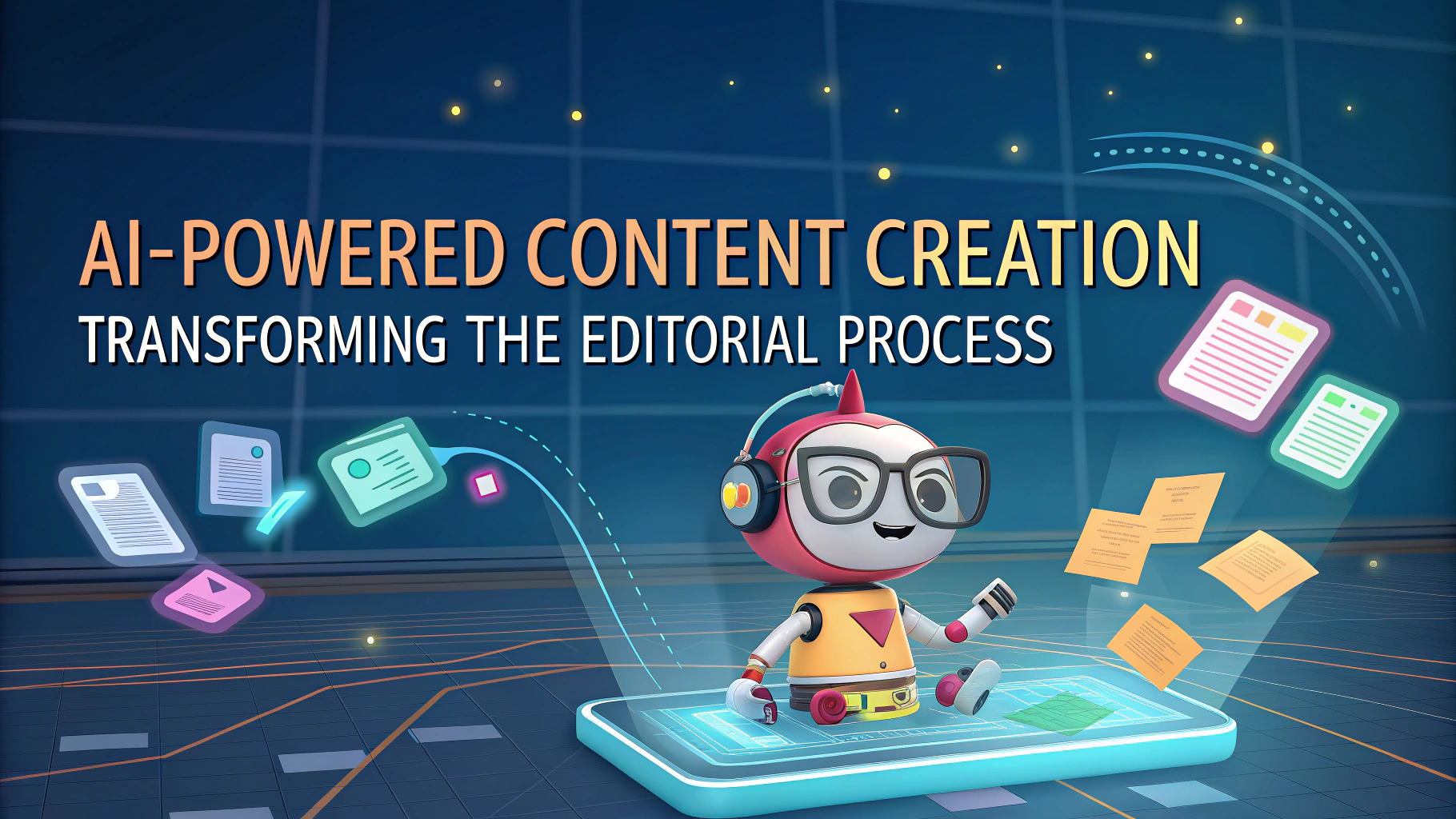A/B testing is a game-changer for businesses looking to enhance their user experience and boost conversions. This article explores how to leverage A/B testing effectively, focusing on personalization and data-driven decision-making.
Understanding A/B Testing in User Experience Design
A/B testing, also known as split testing, compares two versions of a webpage or app to determine which performs better. It’s a cornerstone of data-driven UX design, allowing teams to make informed decisions based on user behavior.
Key benefits of A/B testing include:
- Improved user engagement
- Higher conversion rates
- Reduced bounce rates
- Better ROI on design changes
Setting Up Effective A/B Tests for Personalization
To run successful A/B tests for personalization, follow these steps:
- Identify your goals: Define clear objectives for your test
- Choose your variables: Select elements to test (e.g., headlines, CTAs, images)
- Create variations: Design alternative versions based on your hypotheses
- Segment your audience: Target specific user groups for more accurate results
- Determine sample size: Ensure statistical significance with adequate participants
- Set test duration: Run tests long enough to gather meaningful data
Analyzing A/B Test Results for UX Optimization
Proper analysis of A/B test results is crucial for making informed UX decisions. Consider these factors when evaluating your data:
- Statistical significance: Ensure results are not due to chance
- Conversion rate: Compare performance across variations
- User behavior metrics: Analyze click-through rates, time on page, etc.
- Segmentation insights: Identify how different user groups respond
Use analytics tools to visualize and interpret your data effectively. Popular options include:
| Tool | Best for |
|---|---|
| Google Optimize | Integration with Google Analytics |
| Optimizely | Enterprise-level testing |
| VWO | User-friendly interface and reporting |
Implementing Personalization Strategies Based on A/B Test Insights
Use A/B test results to inform your personalization strategies:
- Segment users based on behavior, demographics, or preferences
- Tailor content to specific user groups or individuals
- Customize user interfaces based on user preferences and past interactions
- Personalize product recommendations using collaborative filtering or content-based approaches
Example: An e-commerce site might use A/B testing to determine which product recommendation algorithm leads to higher conversion rates for different user segments.
Remember, effective personalization requires ongoing testing and refinement. Continuously monitor and adjust your strategies based on new insights and changing user behavior.
Crafting Effective A/B Test Hypotheses
Developing strong hypotheses is key to successful A/B testing. A well-crafted hypothesis:
- Addresses a specific problem or opportunity
- Is based on data and user insights
- Predicts a measurable outcome
- Can be tested within a reasonable timeframe
Example hypothesis: “Changing the color of our call-to-action button from blue to green will increase click-through rates by 10% for first-time visitors.”
Tips for Creating Effective Hypotheses:
- Use existing data to inform your predictions
- Focus on one variable at a time for clear results
- Consider user motivations and pain points
- Set realistic expectations for improvement
Avoiding Common A/B Testing Pitfalls
Even experienced teams can fall into A/B testing traps. Watch out for these common mistakes:
- Testing too many variables at once
- Ending tests too early or running them for too long
- Ignoring seasonal fluctuations in user behavior
- Failing to account for mobile users in test designs
- Neglecting to validate test setup before launch
To avoid these pitfalls, implement a rigorous quality assurance process for your A/B tests. This includes:
- Double-checking test configurations
- Conducting thorough cross-browser and device testing
- Monitoring tests closely for unexpected behavior
- Documenting test parameters and results for future reference
Integrating A/B Testing with User Research
A/B testing is most effective when combined with qualitative user research. This integrated approach provides a more complete picture of user behavior and preferences.
Methods to Combine A/B Testing and User Research:
- User interviews: Gain insights into the “why” behind test results
- Usability testing: Identify potential issues before running A/B tests
- Surveys: Collect feedback on specific design elements or features
- Heatmaps and session recordings: Visualize user interactions with test variations
By combining quantitative A/B test data with qualitative user feedback, you can make more informed decisions about design changes and prioritize improvements that truly matter to your users.
Scaling A/B Testing for Enterprise-Level Personalization
For large organizations, scaling A/B testing efforts can be challenging. Here are strategies to implement enterprise-level personalization:
- Establish a centralized testing team to oversee and coordinate efforts across departments
- Develop a testing roadmap aligned with business goals and user needs
- Invest in robust testing tools that can handle high traffic volumes and complex segmentation
- Create a knowledge sharing system to disseminate insights and best practices
- Implement a governance framework to ensure consistent testing practices and data quality
Tools for Enterprise-Level A/B Testing:
| Tool | Key Features |
|---|---|
| Adobe Target | AI-powered personalization, integrations with Adobe Creative Cloud |
| Optimizely X | Full-stack experimentation, feature flagging, advanced analytics |
| Dynamic Yield | Omnichannel personalization, predictive targeting, recommendation engine |
When scaling A/B testing efforts, it’s crucial to balance the need for rapid experimentation with maintaining data integrity and user privacy. Regularly review and update your testing processes to ensure they align with best practices and regulatory requirements.
Conclusion: Embracing a Culture of Continuous Improvement
A/B testing is a powerful tool for improving user experiences and driving business results. By following best practices, avoiding common pitfalls, and integrating testing with user research, you can create more personalized and effective digital experiences.
Remember that A/B testing is an ongoing process, not a one-time effort. Cultivate a culture of experimentation and continuous improvement within your organization to stay ahead in the ever-evolving digital landscape.
Key takeaways for successful A/B testing:
- Develop clear, data-driven hypotheses
- Combine quantitative and qualitative research methods

